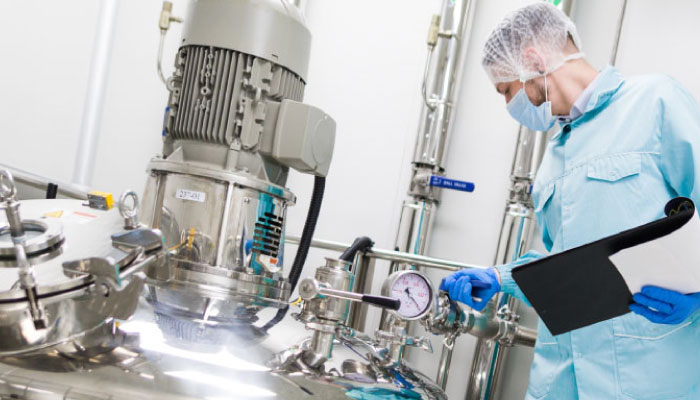Problems in manufacturing can be traced to many often-interrelated problems, but since people are the major component of most design and operation processes, targeting human error can have can have major rewards. But diagnosing and preventing human error is not easy. It takes detailed analysis into what may be a low-frequency occurrence. Enter the concept of “mistake-proofing.”
Process management expert Duke Okes walks you through this practice in an in-depth virtual boot camp for Audio Solutionz, “Diagnose, Predict, and Prevent Human Errors with ‘Mistake Proofing.” Okes shows you why human error cannot be the root cause, how causal taxonomies are both useful and hazardous, how to access key memories during interviews, and how to apply mistake-proofing to both physical and cognitive factors.
Modern Process Has Roots in 1960s-era Japanese Manufacturing
“Mistake-proofing” is nothing new. The concept was created in the 1960s by a manufacturing engineer at a Toyota plant in Japan. Shigeo Shingo was frustrated by defection-reducing techniques that fell short. In one particular scenario, workers assembling a switch would sometimes forget to insert a spring under each push button. Instead of taking two springs out of a large parts box and putting them in the switch, Shingo had them place the two springs on a dish, then insert them into the switch. If any springs were left over, the worker knew the part had not been inserted. Shingo called the system “poka-yoke,” or “mistake-proofing.”
Poka-yoke spread to the United States in the 1980s and today is ubiquitous, even if you are not aware of it. Examples in everyday life, explains Tough Nickel, include microwaves which don’t work until the door is shut, electric sockets shaped so they can only be plugged in one way, safety bars on lawn mowers which halt the blade when the bar is released, and overflow outlets in sinks to prevent flooding.
Mistake-Proofing Still At Work Decades Later
Manufacturing companies continue to employ mistake-proofing, though the challenge of updating the techniques to mesh with modern standards is not always easy. A new Kubota plant in Georgia used mistake-proofing so operations can’t pass one mistake on to the next process.
“Mistake-proofing has been a challenge,” Brian Arnold, Kubota Manufacturing of America’s vice president and chief manufacturing officer, told Assembly. “To maintain a high level of quality, you have to design it into your process. You can only train somebody so much. Ultimately, it comes down to having a great process that’s repeatable. That’s the only way we can guarantee quality.”
There are some key features of poka-yoke devices, explained Techspirited. They should be:
- Simple and cheap;
- Incorporated into the production schedule; and
- Designed to be close to where mistakes tend to occur.
Designing microwaves so they don’t work when the door is open seems simple, but true mistake-proofing can be trickier to isolate and implement. Reference for Business identifies three types of poka-yokes: (1) contact methods, where a sensing device detects abnormalities in a product’s shape or dimension; (2) fixed-value methods, where operators can easily track how often an activity is performed; and (3) motion-step methods, where alerts are issued when a step is not completed.
Shingo’s simple concept may soon be making huge leaps into the digital era, reports Factor Daily. Drishti, a startup based in California, recently raised $10 million to create what company leaders call “the Google of action.” This complex system would place a computer-linked camera facing human assembly workers to detect process and signal any imperfections.
“If you’re a worker on the line assembling part of a TV, if I could point to you exactly better ways of doing it, then that becomes very useful to improve your own effectiveness,” said Krishnendu Chaudhury, Drishti’s chief technology officer.
For companies looking to streamline operations, cut down on defects, and protect profits, said Okes, mistake-proofing is an indispensable tool.



